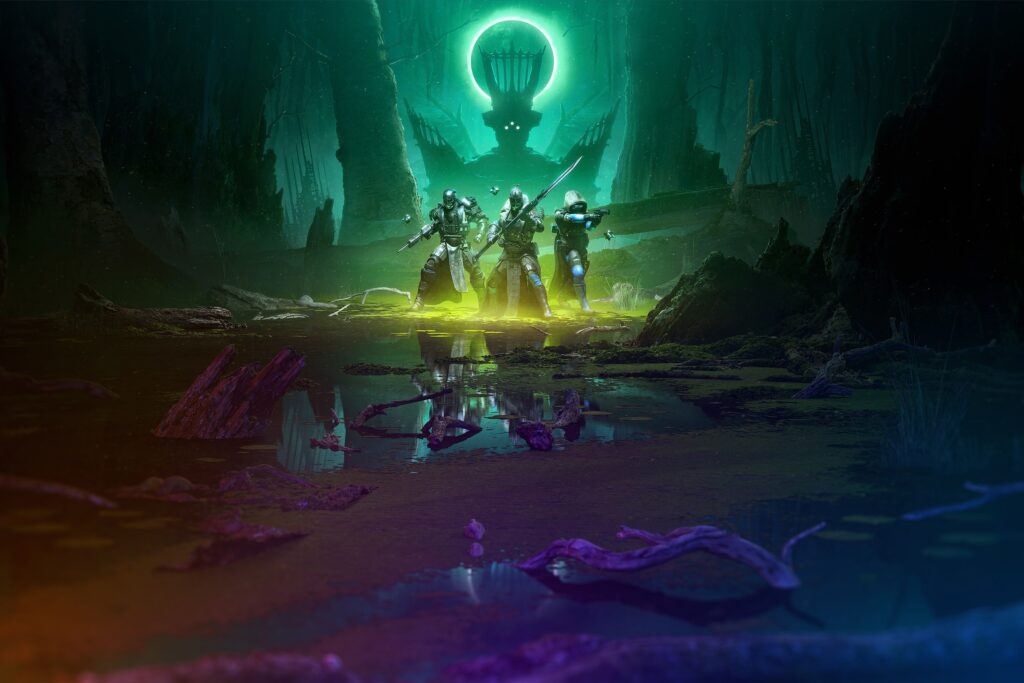The article explores the world of game development from creating characters to testing and debugging. Designing unique, visually appealing characters requires detailed research, sketches and drafts using software such as Autodesk Maya, Blender or ZBrush. Animating characters brings them to life with software like Adobe Animate, Toon Boom Harmony, Maya, or Blender used to generate motion capture data. Environment design needs to be immersive to set the tone of the game, and the UI design should be aesthetically appealing using software such as Adobe Photoshop or Sketch. Sound design with accurate sound effects and bespoke soundtracks create an immersive experience. Finally, testing and debugging with QA teams ensure smooth and entertaining gameplay.
Introduction:
The world of gaming has evolved drastically over the years, from simple games to complex ones, creating a sense of excitement and entertainment for everyone. The advancements in technology have enabled game developers to create games with lifelike graphics and animation. In this article, we will discuss the art and animation of game development, from designing the characters to bringing them to life.
Creating Characters:
The first step in game development is designing the characters for the game. This includes the protagonist, the antagonist, and any other characters that the player will interact with. It’s important to ensure that the characters are unique, have interesting personalities, and are visually appealing to the player. This can be done by conducting detailed research, preparing sketches and drafts, and finally creating the 3D models using software such as Autodesk Maya, Blender, or ZBrush.
Character Animation:
Once the characters are designed, they need to be animated to bring them to life. This task may seem daunting, but it’s essential to make the game believable and immersive. Animating a character involves creating a series of movements, such as running, jumping, and attacking. In the past, animators would have to draw each frame by hand, but now, software like Adobe Animate or Toon Boom Harmony are used for creating 2D animations, while Maya or Blender are used to create 3D animations. These programs allow developers to create complex animations with ease and create motion capture data.
Background and Environment Design:
The next step is designing the background and environment for the game. This step is crucial as it sets the tone for the game’s mood and theme. The environment needs to be immersive, giving the player the feel that they are in the game. Game designers need to create detailed landscapes, buildings, or interiors, depending on the game. Background design involves choosing colors and textures that would suit the game and lighting that will create an atmosphere. Once the design is complete, game developers create a 3D model of this environment while considering the game engine and hardware limitations.
User Interface Design:
The user interface (UI) design is one aspect of game art that often goes unnoticed by players, but it’s highly important. The UI involves the menus, buttons, and icons that players interact with during the game. The design should be simple, easy to understand, and aesthetically appealing. UI designers use software such as Adobe Photoshop or Sketch, which allows them to create detailed layouts and wireframes, and then graphic designers turn those wireframes into high fidelity screens and textures.
Sound Design:
Sound design has an essential role in gaming. The sound effects and background music create an immersive experience for the player. The music has to suit the game’s mood, and the sound effects have to be accurate and realistic. Game developers work with sound designers to create the sound effects and use software such as Pro Tools or Ableton to create a bespoke soundtrack.
Testing and Debugging:
Once the game is ready, it’s time for testing and debugging. This involves detecting and fixing any glitches or bugs that may arise during gameplay. Game developers use numerous debugging tools, and often times work with Quality Assurance (QA) team, who go over the game in detail and focus on finding discrepancies, while developers solve issues that QA discover.
Conclusion:
In conclusion, game development requires a great deal of creativity, hard work, and attention to detail. From designing characters to animating them to creating immersive environments and sound effects, it’s a challenging but rewarding process. Game developers use an array of software applications to ensure that the game looks and feels polished, and testing ensures the gameplay remains smooth and entertaining for the end user. We hope that this article has shed light on how art and animation play a crucial role in game development.
